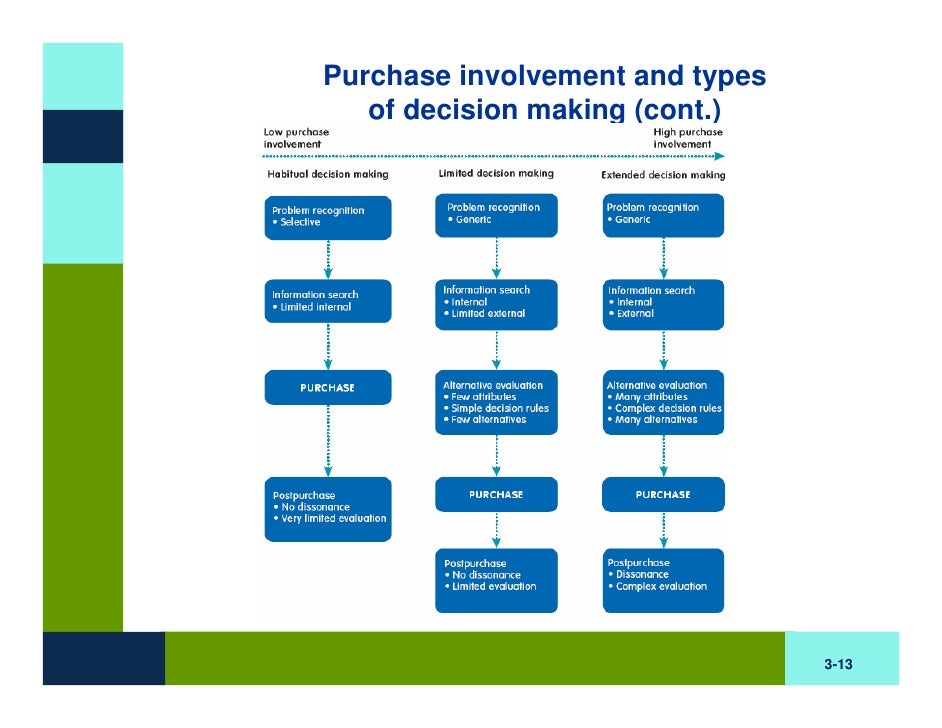
Ad hoc decisions: These are infrequent, low-stakes decisions.Reinforcement: The group has finally made a decision and provided sufficient justification for it.īy using a simple template to categorize the type of decision you are making, the process of decision-making can be improved upon.Emergence: Through effective communication, the group resolves all vague opinions.They must sort it out to work together effectively. Conflict: Arguments and conflicts will happen in every group.Orientation: When the members of the group first meet to get to know each other.Many times, you will find a good answer.Įvery effective group decision should involve these four steps: Check your gut: Whatever decision you make, check your intuition.Do not let the problem define the limits of your decision-making process. Think creatively about potential actions: Problems present themselves in a box, more often than not.If you have a role model whom you look up to, asking yourself what they would do might help. Consider your character and integrity: Ask yourself what a person of integrity would do in this situation.Before making a decision, identify to whom you owe obligations. Identify the obligations: Every business is held to some sort of obligation by their customers, every leader by their subordinates, and every employee by their co-workers.Identify the consequences: Recognize the effects of the decision you have to make.

#TYPES OF DECISION MAKING HOW TO#
In their book, Managing Business Ethics: Straight Talk About How to Do It Right, Linda K. Review your decisions even when they turn out well.


When there are no connections to the affected party (ties), the individual or group making decisions tends to be completely detached from the process and does not carefully consider the results before making a decision.ĭecision-making is an important and ubiquitous part of everyone’s lives. For some people, like those in management, attachments to the way things are done are formed and such people can be resistant to changes that may come with new decisions. The decision-making process then becomes geared toward achieving personal goals rather than optimal results. Decision-making is compromised when decision makers have a personal goal in mind. Assigning a decision to a group can provide different perspectives to the process but it can also be detrimental when the individuals are unaligned. To avoid this, it is important to recognize which information is relevant to the situation. On the other hand, too much information makes decisions harder to make. Inadequate information will only lead to decisions made without the knowledge of all the facts and without considering all the alternatives. These are a few pointers to help you identify a poor decision-making process. Factors That Lead to Poor Decision-MakingĪs undesirable as they are, bad decisions are still decisions.


 0 kommentar(er)
0 kommentar(er)
